Home>Kitchen & Cooking>Kitchen Gadgets & Utensils>How To Clean Stainless Steel Flatware
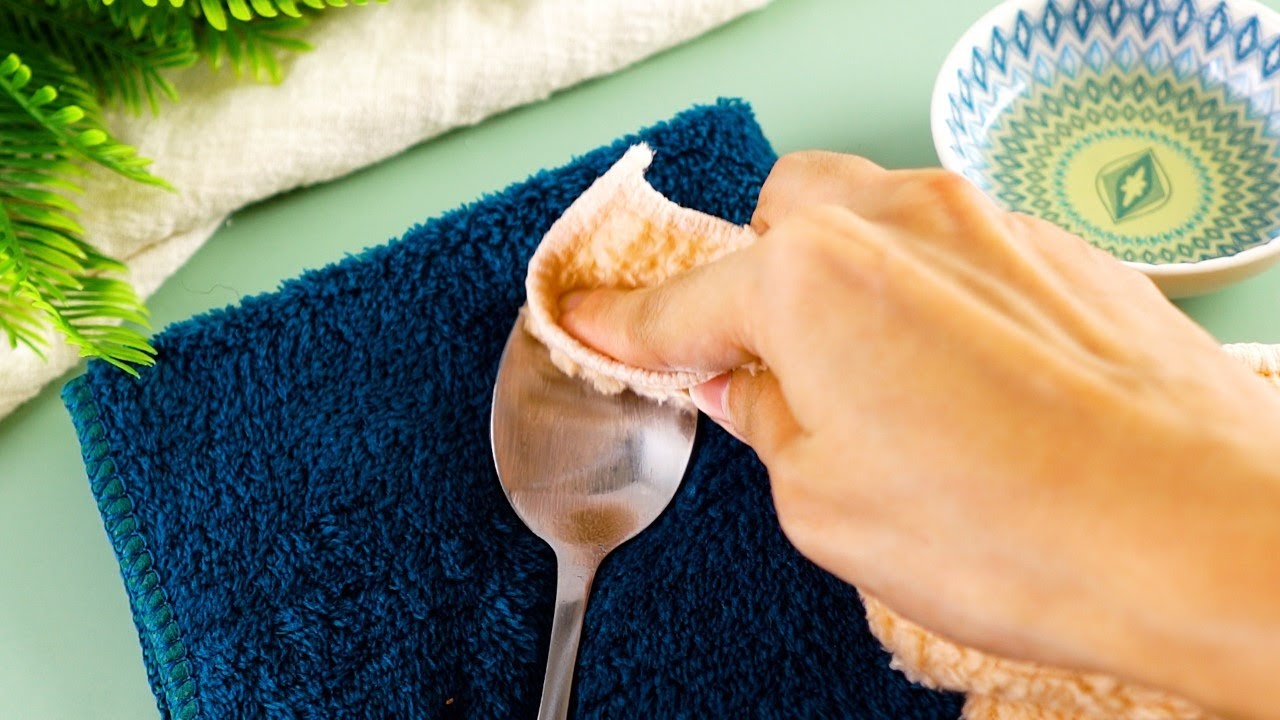

Kitchen Gadgets & Utensils
How To Clean Stainless Steel Flatware
Published: February 1, 2024
Discover the best tips for cleaning stainless steel flatware and kitchen gadgets. Keep your utensils shining with our expert advice.
(Many of the links in this article redirect to a specific reviewed product. Your purchase of these products through affiliate links helps to generate commission for Storables.com, at no extra cost. Learn more)
Introduction
Stainless steel flatware is a staple in most kitchens, prized for its durability, sleek appearance, and resistance to rust and corrosion. Whether it's your everyday cutlery or a special set reserved for gatherings, keeping your stainless steel flatware clean and well-maintained is essential for both hygiene and aesthetics. Over time, these utensils can accumulate smudges, water spots, and even stubborn stains, detracting from their lustrous finish. Fortunately, with the right materials and techniques, restoring your stainless steel flatware to its pristine condition is a straightforward task.
In this guide, we'll delve into the step-by-step process of cleaning stainless steel flatware, providing you with practical tips and insights to ensure that your utensils gleam with brilliance. From preparing the flatware for cleaning to tackling stubborn stains and achieving a polished finish, each step is designed to help you maintain the beauty and functionality of your stainless steel flatware. By following these methods, you can elevate the appearance of your flatware and prolong its lifespan, allowing you to continue enjoying its elegance and utility for years to come.
So, gather your stainless steel flatware and let's embark on a journey to revitalize and rejuvenate these essential kitchen tools. With a few simple yet effective cleaning techniques, you'll soon discover how effortless it is to preserve the allure of your stainless steel flatware, ensuring that every meal is accompanied by utensils that exude brilliance and sophistication. Let's dive into the materials needed and the step-by-step process of restoring your stainless steel flatware to its former glory.
Key Takeaways:
- Keep your stainless steel flatware gleaming by using warm water, mild dish soap, and white vinegar to remove dirt, stains, and water spots. Polish with olive oil for a lustrous finish.
- Prepare your flatware by soaking, scrubbing, and targeting stubborn stains. Finish by drying with a microfiber cloth and polishing with olive oil for a radiant shine.
Materials Needed
Before embarking on the journey to restore the luster of your stainless steel flatware, it's essential to gather the necessary materials to ensure a thorough and effective cleaning process. Here's a comprehensive list of items that will aid you in achieving sparkling results:
-
Warm Water: The cornerstone of any cleaning endeavor, warm water serves as the primary solvent for removing dirt, food residues, and smudges from your stainless steel flatware.
-
Mild Dish Soap: Opt for a gentle, non-abrasive dish soap to effectively cleanse the flatware without causing damage to its surface. Look for a pH-balanced formula to maintain the integrity of the stainless steel.
-
Soft-bristled Brush or Sponge: A soft-bristled brush or sponge is ideal for delicately scrubbing the flatware, ensuring that any stubborn residues or stains are effectively lifted without scratching the stainless steel surface.
-
White Vinegar: This versatile household staple is invaluable for tackling tough stains and water spots on stainless steel flatware. Its acidic properties help dissolve mineral deposits and restore the flatware's natural shine.
-
Microfiber Cloth: Opt for a soft, lint-free microfiber cloth to dry and polish the flatware, leaving it free from watermarks and streaks while imparting a brilliant sheen.
-
Rubbing Alcohol: In cases where the flatware exhibits persistent smudges or fingerprints, rubbing alcohol can be used to effectively remove these blemishes and restore the utensils' pristine appearance.
-
Baking Soda: This mild abrasive agent is excellent for addressing stubborn stains and discoloration on stainless steel flatware, gently lifting impurities without causing damage to the metal.
-
Olive Oil or Mineral Oil: A small amount of olive oil or mineral oil can be used to polish and protect the stainless steel flatware, imparting a lustrous finish and creating a protective barrier against future tarnishing.
By ensuring that you have these essential materials at your disposal, you'll be well-equipped to embark on the journey of rejuvenating your stainless steel flatware. With these items in hand, you can proceed to the next steps with confidence, knowing that you have everything necessary to restore your flatware to its former brilliance.
Step 1: Preparing the Flatware
Before diving into the cleaning process, it's crucial to prepare the stainless steel flatware to ensure optimal results. This initial step sets the stage for effective cleansing and restoration, allowing you to address any surface impurities and residues before proceeding with the subsequent cleaning methods.
Begin by gathering all the stainless steel flatware that requires cleaning, ensuring that each piece is free from food remnants and visible debris. If there are any large food particles adhering to the utensils, gently rinse them under running water to dislodge these remnants. This preliminary rinsing helps prevent the spread of food residues during the cleaning process, ensuring that the flatware is ready for a thorough cleansing.
Next, inspect the flatware for any stubborn stains, water spots, or discoloration that may require targeted treatment. By identifying these blemishes at the outset, you can tailor your cleaning approach to address specific areas of concern, ensuring that the flatware receives comprehensive attention.
Once the visual inspection is complete, consider soaking the flatware in warm, soapy water for a brief period. This soaking process helps loosen any adhered residues and prepares the utensils for more effective cleaning. Add a small amount of mild dish soap to a basin of warm water, then submerge the flatware for several minutes, allowing the soapy solution to penetrate and soften any stubborn deposits.
While the flatware soaks, take this opportunity to gather the necessary cleaning tools, such as a soft-bristled brush or sponge, which will be used to delicately scrub the utensils. Additionally, ensure that you have the white vinegar, baking soda, and rubbing alcohol readily available if targeted stain removal is required.
By meticulously preparing the flatware in this manner, you set the stage for a thorough and effective cleaning process, laying the groundwork for the subsequent steps that will restore the stainless steel utensils to their original brilliance. With the flatware primed and ready for cleansing, you can proceed with confidence, knowing that your attention to detail in this preparatory phase will yield exceptional results in the subsequent cleaning stages.
Step 2: Cleaning with Dish Soap and Water
With the stainless steel flatware prepared for cleaning, it's time to embark on the initial cleansing phase using the simple yet effective combination of dish soap and water. This gentle approach is ideal for removing surface grime, food residues, and everyday smudges without compromising the integrity of the stainless steel.
To commence the cleaning process, fill a basin with warm water and add a small amount of mild dish soap. The warm water serves as a solvent, facilitating the dissolution of dirt and residues, while the mild dish soap provides a gentle yet effective cleansing agent. It's important to use a non-abrasive dish soap with a pH-balanced formula to ensure that the stainless steel is not subjected to harsh chemicals that could compromise its luster.
Submerge the prepared stainless steel flatware in the soapy water, ensuring that each piece is fully immersed. Allow the utensils to soak for a few minutes, enabling the soapy solution to penetrate and loosen any adhered residues. This soaking period is instrumental in preparing the flatware for the subsequent cleaning steps, allowing the soap and water to work their magic in dislodging surface impurities.
After the soaking period, use a soft-bristled brush or sponge to delicately scrub the flatware, focusing on areas with visible residues or smudges. Employ gentle, circular motions to lift the dirt and grime from the stainless steel surface, taking care to cover the entire utensil to ensure a thorough cleansing.
Once the scrubbing is complete, rinse the flatware under running water to remove the soapy residue and any dislodged impurities. Inspect each piece to ensure that it is free from visible residues and that the lustrous finish of the stainless steel is beginning to emerge.
Following the rinsing process, use a soft, lint-free microfiber cloth to pat the flatware dry, ensuring that it is free from water spots and streaks. As you dry each piece, take note of the renewed brilliance that begins to emanate from the stainless steel, a testament to the efficacy of the dish soap and water in revitalizing the flatware.
By employing this methodical approach of cleaning with dish soap and water, you have successfully removed surface impurities and residues, setting the stage for the subsequent steps that will address more stubborn stains and restore the flatware to its full splendor. With the initial cleansing complete, the stainless steel flatware is now primed for the next phase of the rejuvenation process.
To clean stainless steel flatware, use a mild dish soap and warm water to hand wash. Dry immediately with a soft cloth to prevent water spots and stains. Avoid using abrasive cleaners or scrubbing pads to prevent scratching the surface.
Step 3: Removing Stubborn Stains
After the initial cleaning with dish soap and water, it's time to focus on addressing any stubborn stains or blemishes that may persist on the stainless steel flatware. While the previous step effectively removed surface grime and everyday residues, certain stains may require targeted treatment to restore the utensils to their pristine condition.
One effective method for tackling stubborn stains involves the use of white vinegar, a versatile household ingredient renowned for its acidic properties and stain-dissolving capabilities. Begin by dampening a soft cloth or sponge with undiluted white vinegar, then gently rub the affected areas of the flatware. The acidic nature of the vinegar helps dissolve mineral deposits, water spots, and stubborn stains, gradually restoring the lustrous finish of the stainless steel.
For particularly resilient stains, a paste of baking soda and water can be applied to the affected areas. This mild abrasive paste serves as a gentle scouring agent, effectively lifting stubborn stains and discoloration without causing damage to the stainless steel surface. Apply the paste to the stains, then gently scrub with a soft-bristled brush or cloth, taking care to cover the entire affected area. After scrubbing, rinse the flatware thoroughly to remove the baking soda residue, revealing the diminished appearance of the stubborn stains.
In cases where persistent smudges or fingerprints mar the flatware's surface, rubbing alcohol can be employed to effectively remove these blemishes. Dampen a cloth with rubbing alcohol and gently wipe the affected areas, ensuring that the stubborn smudges are lifted without leaving streaks or residue. This targeted approach helps restore the stainless steel to its original brilliance, eliminating any lingering imperfections.
Following the targeted treatment of stubborn stains, rinse the flatware under running water to remove any residual cleaning agents. Inspect each piece to ensure that the stubborn stains have been effectively diminished, allowing the natural luster of the stainless steel to shine through. Once the stains have been addressed, proceed to the final step of drying and polishing the flatware to complete the rejuvenation process.
By employing these targeted methods for removing stubborn stains, you can effectively restore the brilliance of your stainless steel flatware, ensuring that every utensil gleams with a renewed radiance. With the stubborn stains successfully addressed, the flatware is now ready for the final phase of the cleaning process, culminating in a polished finish that showcases the timeless elegance of stainless steel.
Read more: How To Clean Stainless Steel Grill
Step 4: Drying and Polishing
After the meticulous cleaning and targeted treatment of stubborn stains, the final step in the rejuvenation process involves drying and polishing the stainless steel flatware to achieve a flawless, lustrous finish. This critical phase not only ensures that the utensils are free from water spots and streaks but also imparts a brilliant sheen that accentuates the timeless elegance of stainless steel.
To begin, use a soft, lint-free microfiber cloth to gently pat the flatware dry, ensuring that each piece is free from moisture. The microfiber cloth is highly effective in absorbing water and preventing the formation of unsightly water spots, preserving the pristine appearance of the stainless steel. As you dry each utensil, take note of the renewed radiance that begins to emerge, a testament to the effectiveness of the cleaning process in revitalizing the flatware.
Once the flatware is thoroughly dried, it's time to elevate its appearance to a new level of brilliance through the art of polishing. For this purpose, a small amount of olive oil or mineral oil can be applied to a clean, dry cloth. Gently rub the oiled cloth over the surface of each utensil, using circular motions to evenly distribute the oil and impart a lustrous sheen. The oil not only serves to polish the stainless steel but also creates a protective barrier, guarding against tarnishing and ensuring that the flatware maintains its impeccable appearance over time.
As you polish each piece, take a moment to admire the captivating gleam that emerges, reflecting the care and attention devoted to restoring the stainless steel flatware to its former glory. The subtle luster of the polished utensils not only enhances their visual appeal but also signifies the meticulous effort invested in preserving their timeless elegance.
Upon completing the polishing process, take a step back and behold the resplendent beauty of your rejuvenated stainless steel flatware. Each utensil now exudes a captivating brilliance, free from blemishes and imbued with a radiant sheen that elevates the dining experience. With the drying and polishing phase concluded, your stainless steel flatware is ready to grace your table, exuding a timeless allure that reflects the dedication and care invested in its maintenance.
Incorporating these comprehensive cleaning and rejuvenation techniques ensures that your stainless steel flatware remains a symbol of sophistication and functionality, enriching every dining occasion with its enduring charm and impeccable appearance.
Conclusion
In conclusion, the process of cleaning and rejuvenating stainless steel flatware is not merely a chore but a transformative journey that culminates in the restoration of timeless elegance and functionality. By following the step-by-step methods outlined in this guide, you have embarked on a quest to revitalize your essential kitchen utensils, ensuring that they gleam with brilliance and exude a captivating allure.
From the meticulous preparation of the flatware to the targeted treatment of stubborn stains and the final phase of drying and polishing, each step has been instrumental in preserving the lustrous finish and impeccable appearance of the stainless steel. The careful selection of materials, including warm water, mild dish soap, white vinegar, and olive oil, has facilitated a thorough and effective cleaning process, allowing the innate beauty of the flatware to shine through.
As you reflect on the journey of rejuvenating your stainless steel flatware, take pride in the dedication and care invested in maintaining these essential kitchen tools. The renewed brilliance and flawless finish of the utensils stand as a testament to your commitment to preserving their timeless elegance, ensuring that they continue to enrich every dining occasion with their captivating allure.
With the rejuvenation process complete, your stainless steel flatware is now poised to grace your table, exuding sophistication and charm. Whether it's a casual family meal or a special gathering, these revitalized utensils are ready to elevate the dining experience, reflecting the enduring allure of stainless steel and the meticulous attention devoted to their maintenance.
As you savor the beauty and functionality of your rejuvenated stainless steel flatware, remember that the journey does not end here. Regular maintenance and gentle care will ensure that these essential kitchen tools continue to exude brilliance and serve as a symbol of timeless elegance for years to come.
In embracing the art of cleaning and rejuvenating stainless steel flatware, you have not only preserved their allure but also enriched the dining experience with a touch of sophistication and refinement. May every meal shared with these revitalized utensils be a testament to the enduring charm and timeless elegance of stainless steel.
Frequently Asked Questions about How To Clean Stainless Steel Flatware
Was this page helpful?
At Storables.com, we guarantee accurate and reliable information. Our content, validated by Expert Board Contributors, is crafted following stringent Editorial Policies. We're committed to providing you with well-researched, expert-backed insights for all your informational needs.
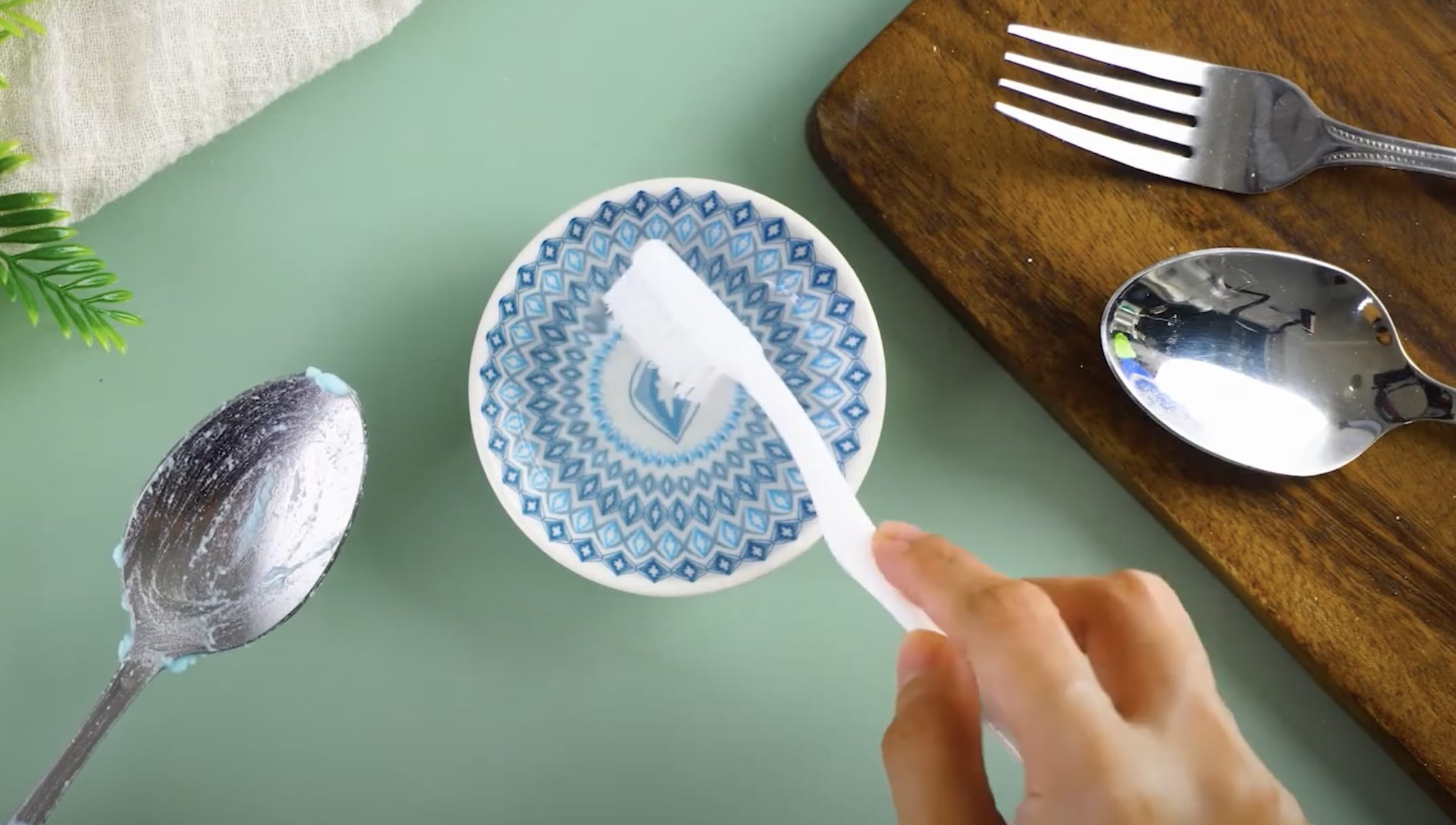
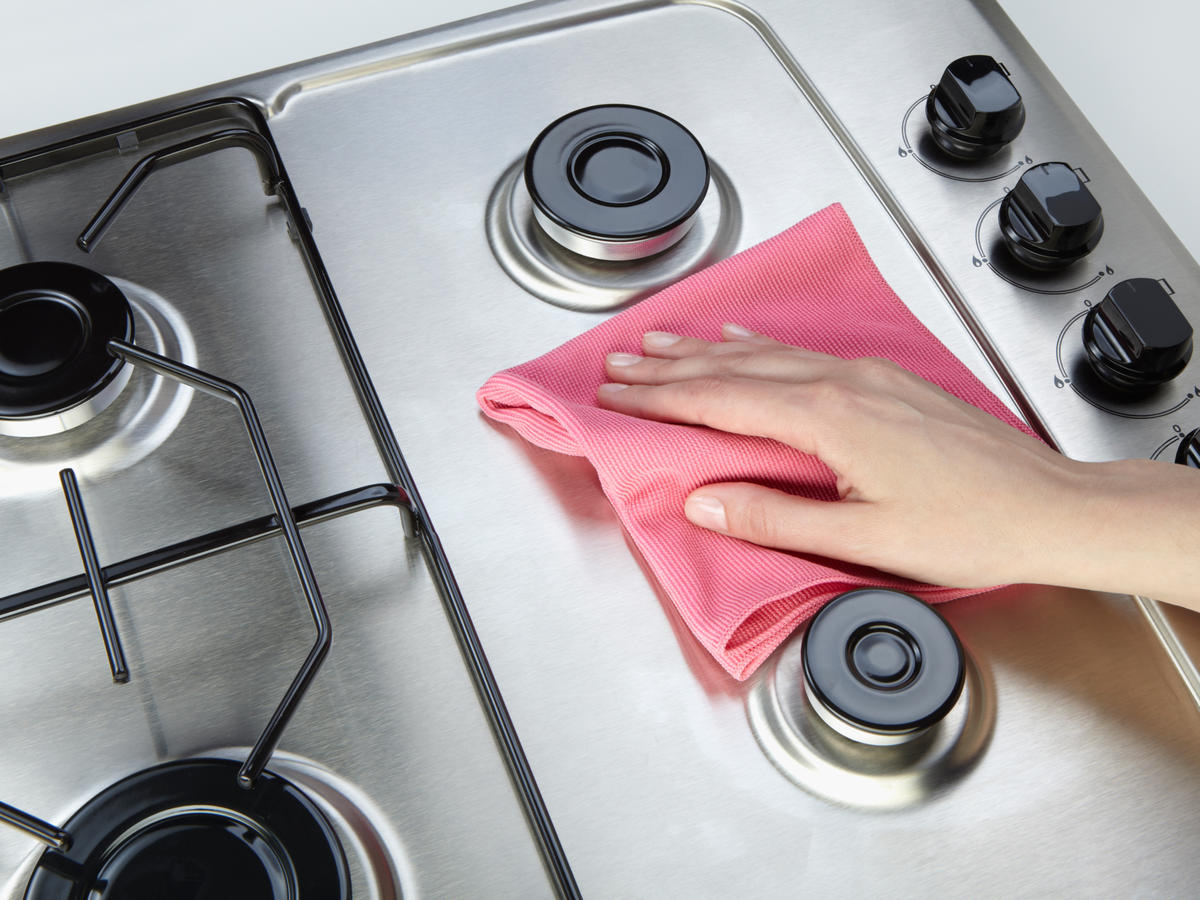
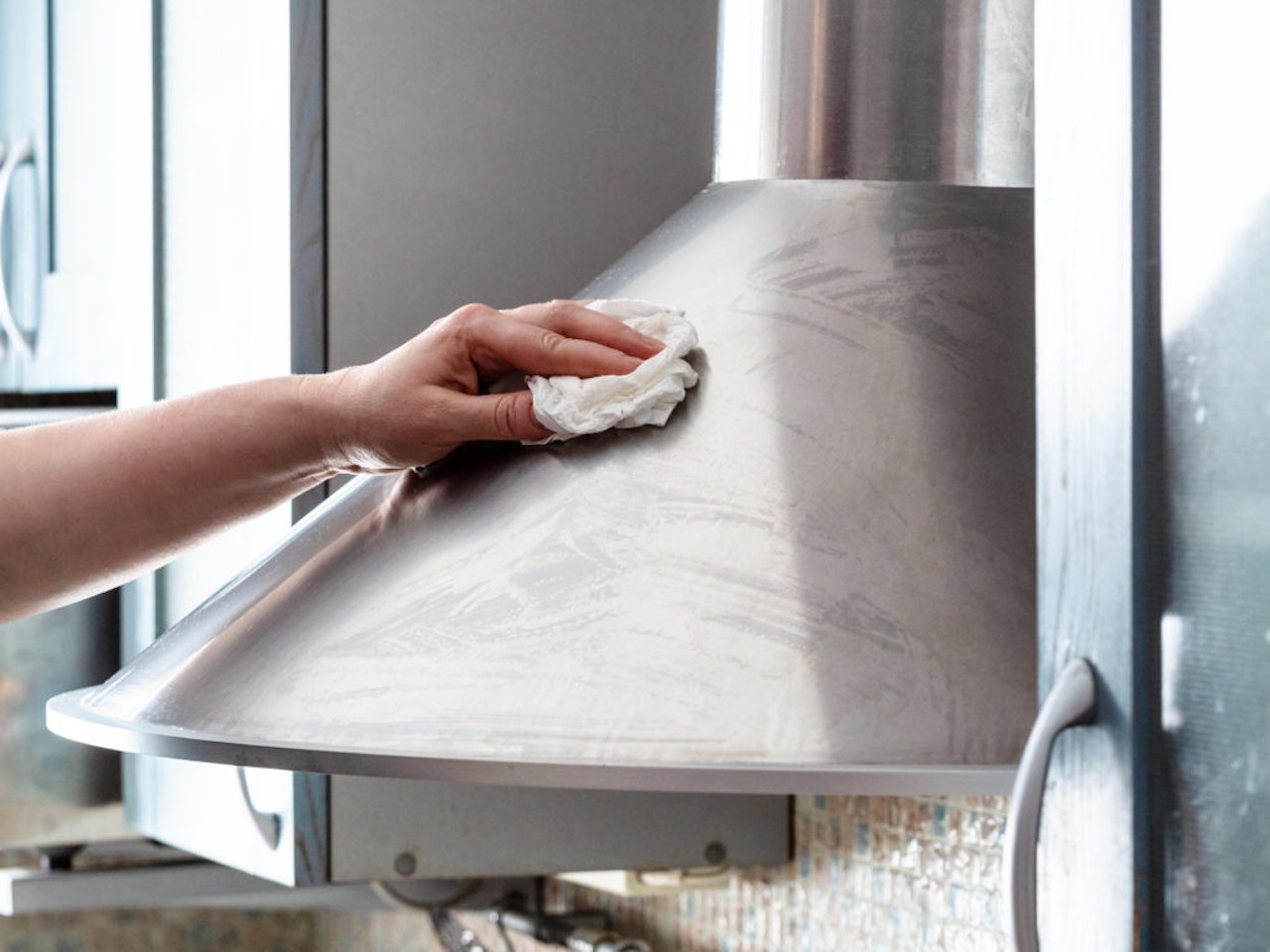
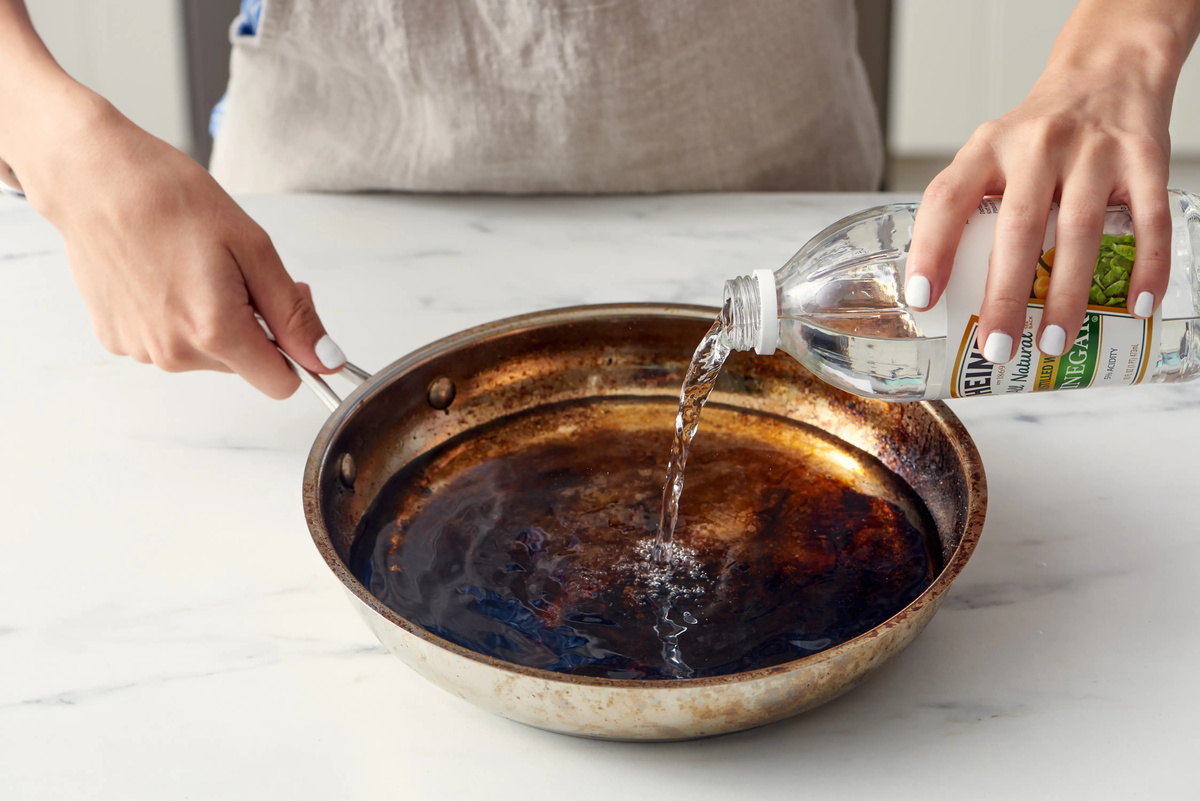
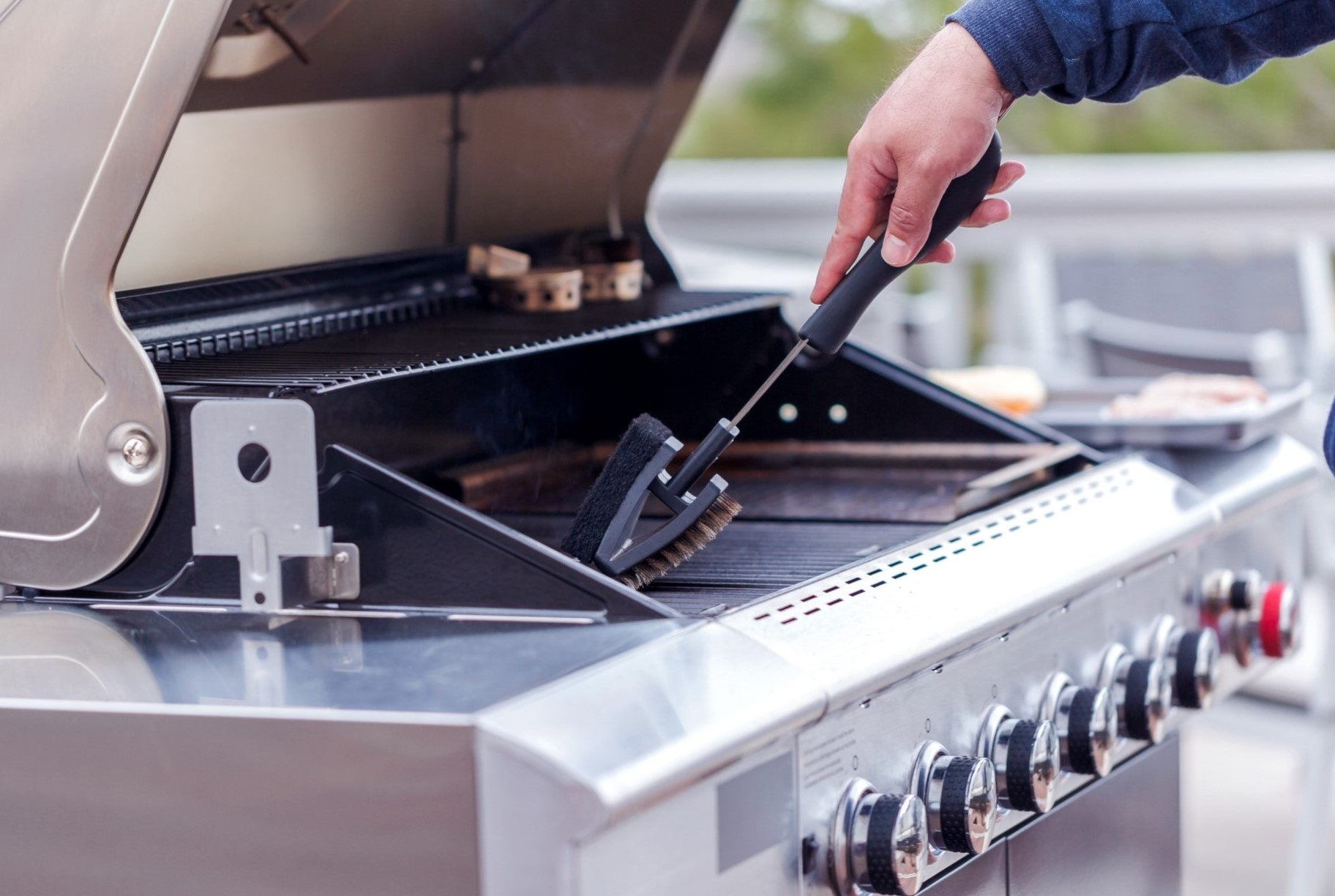
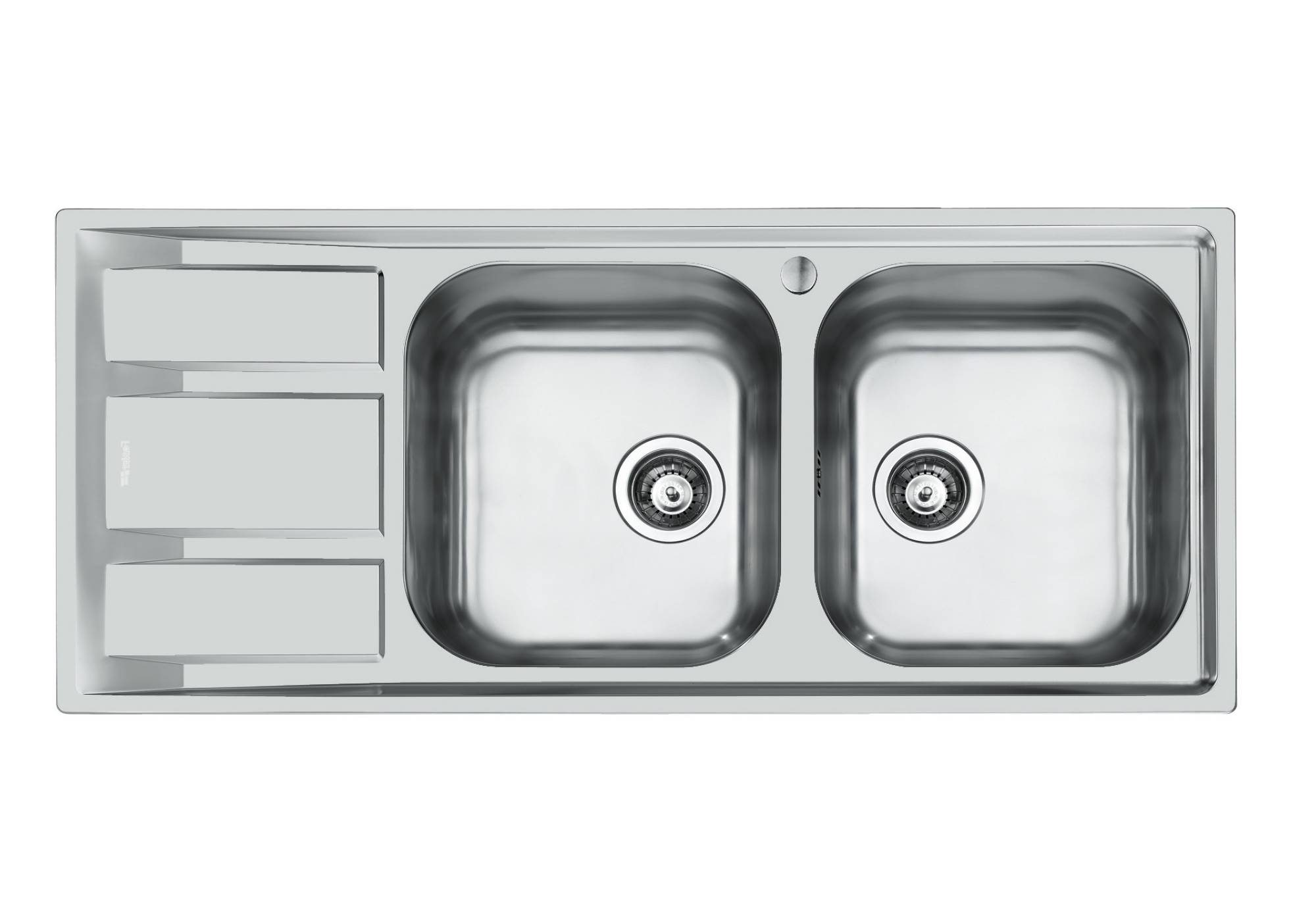
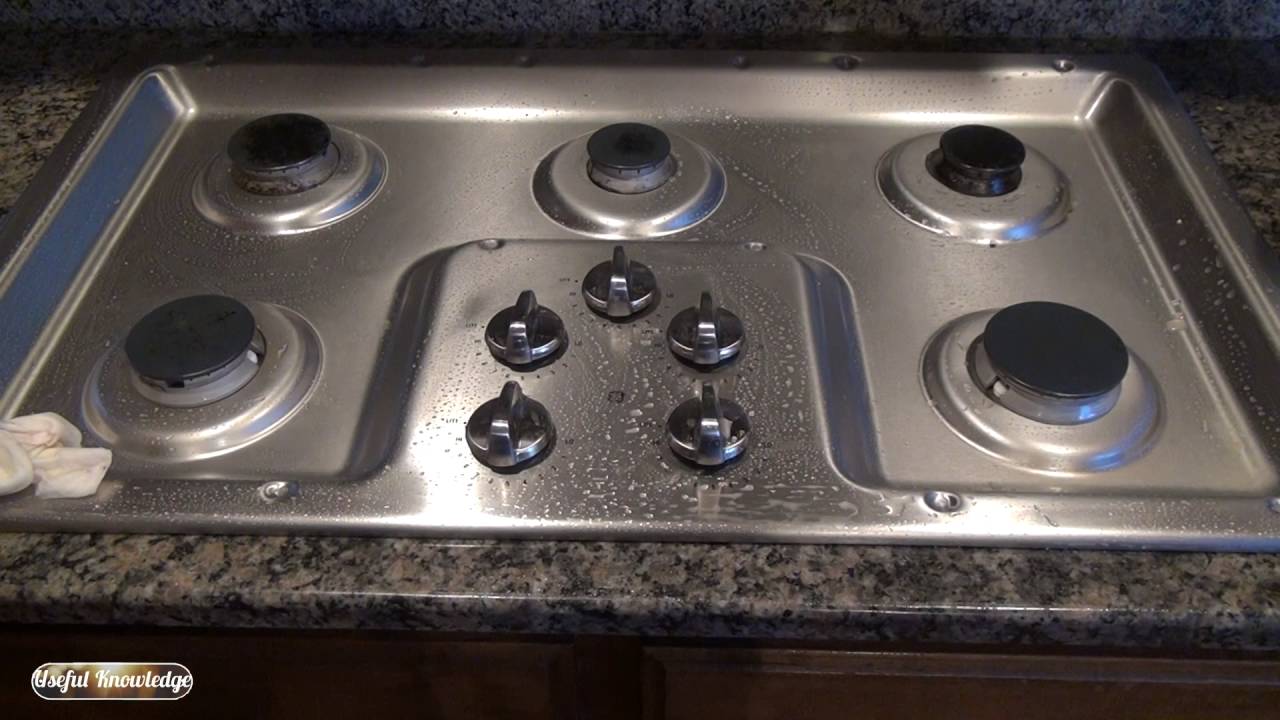
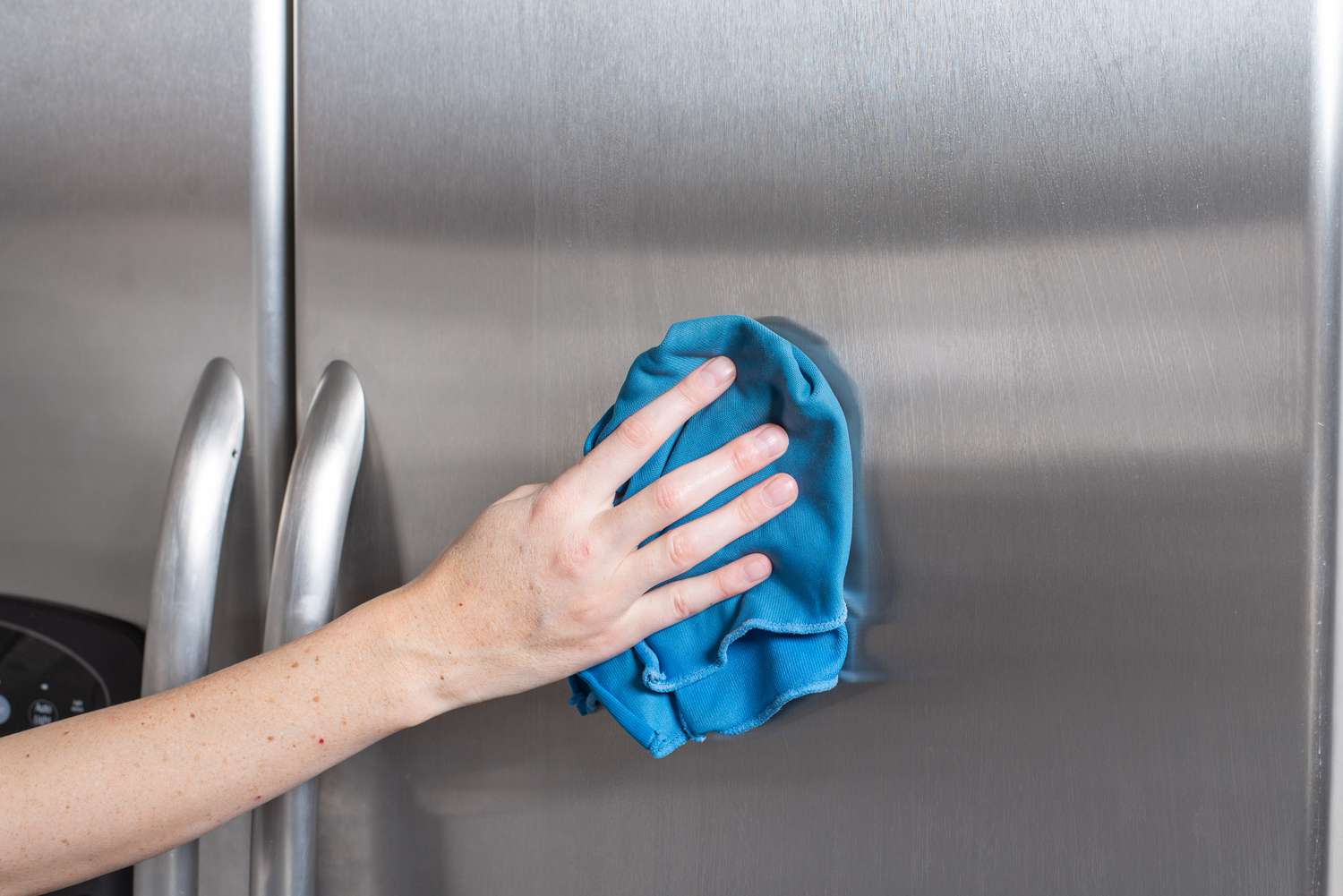
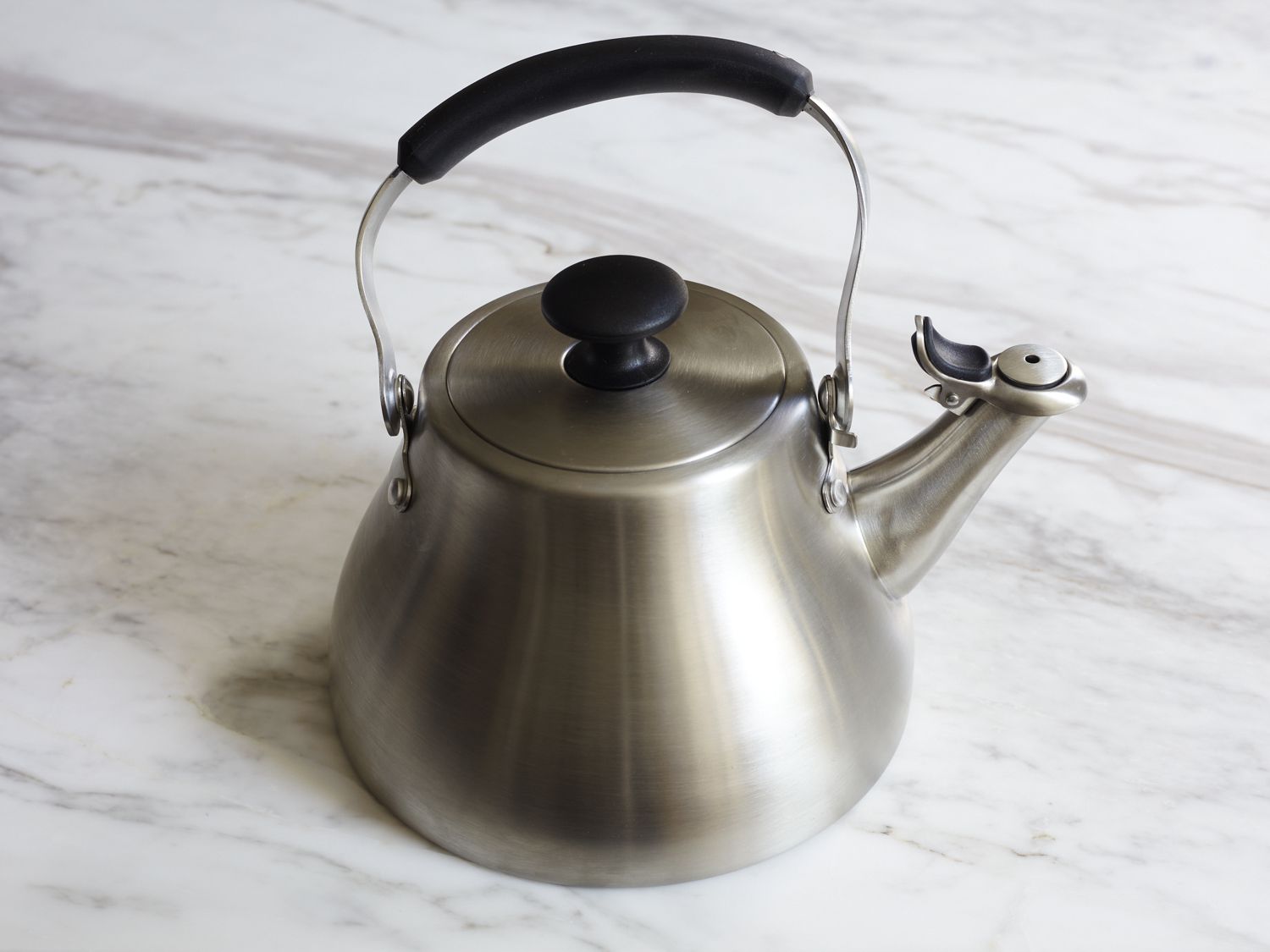
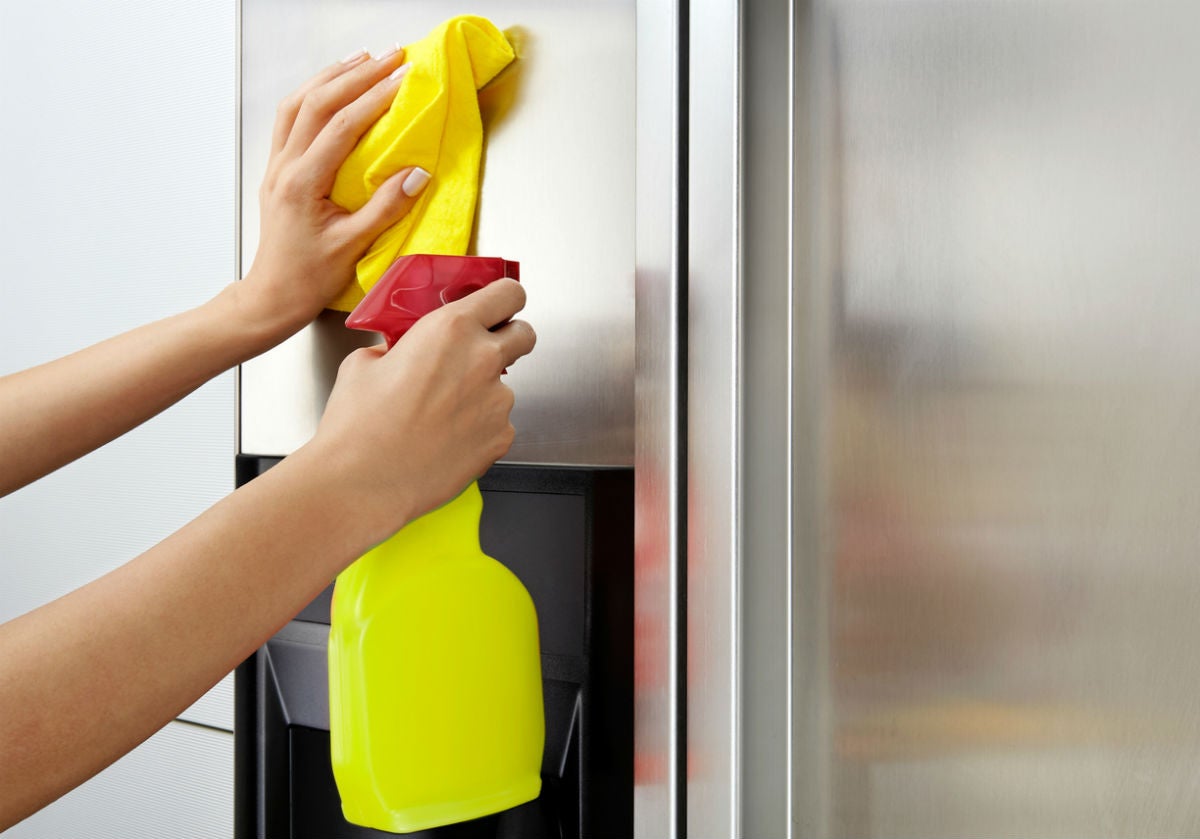
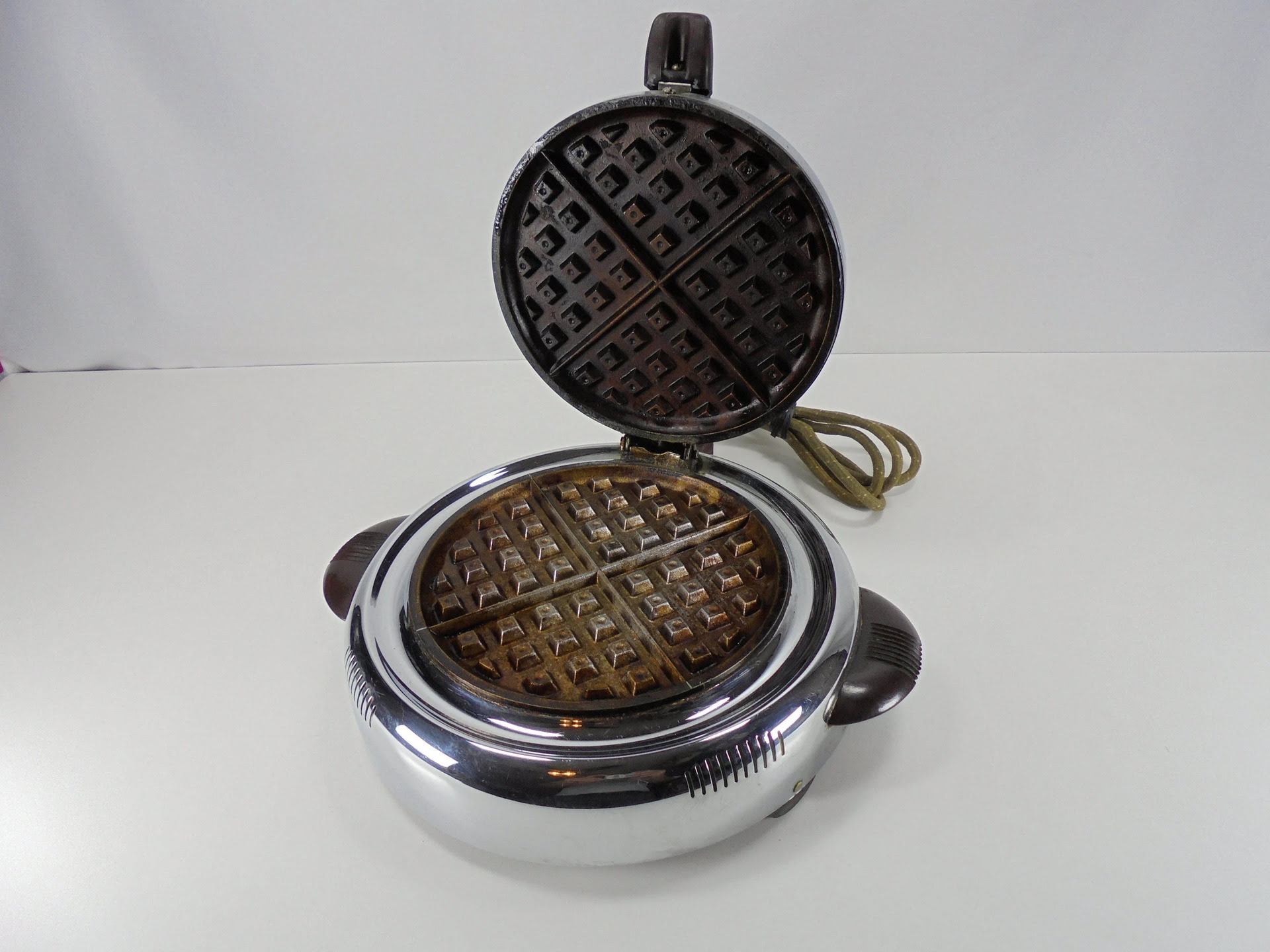
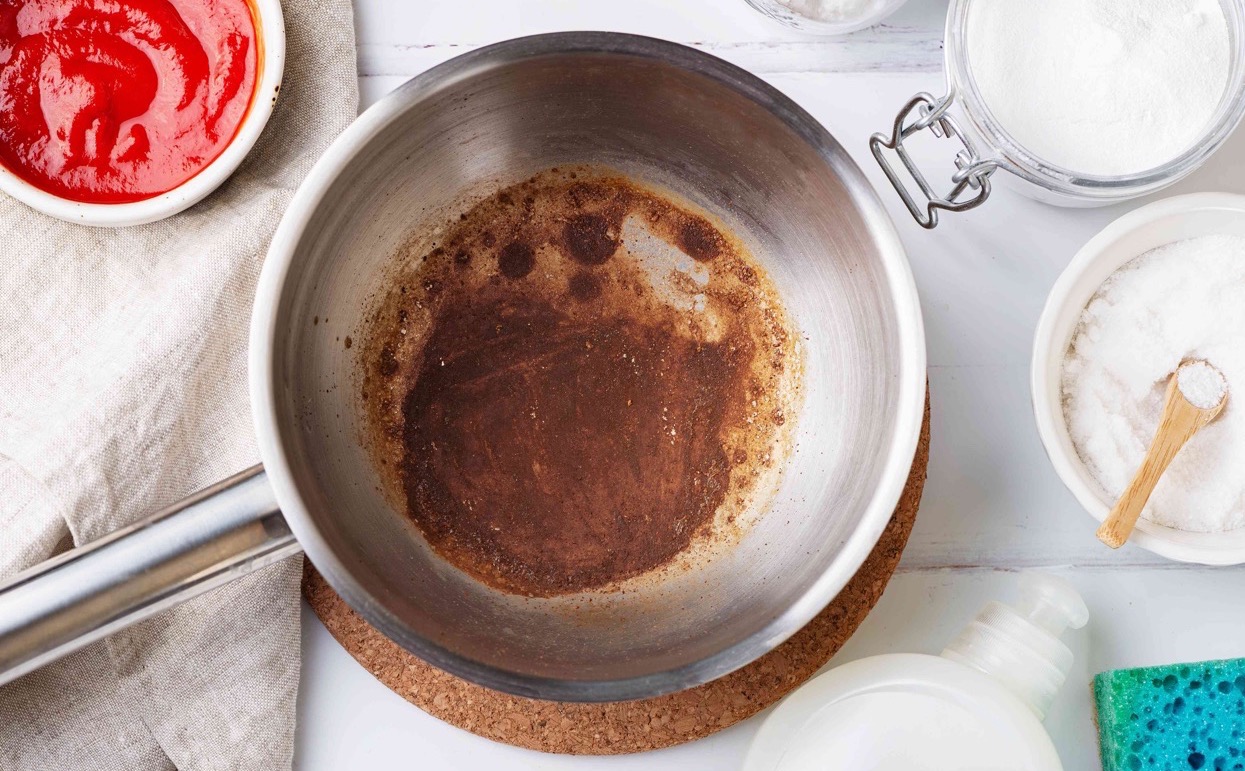
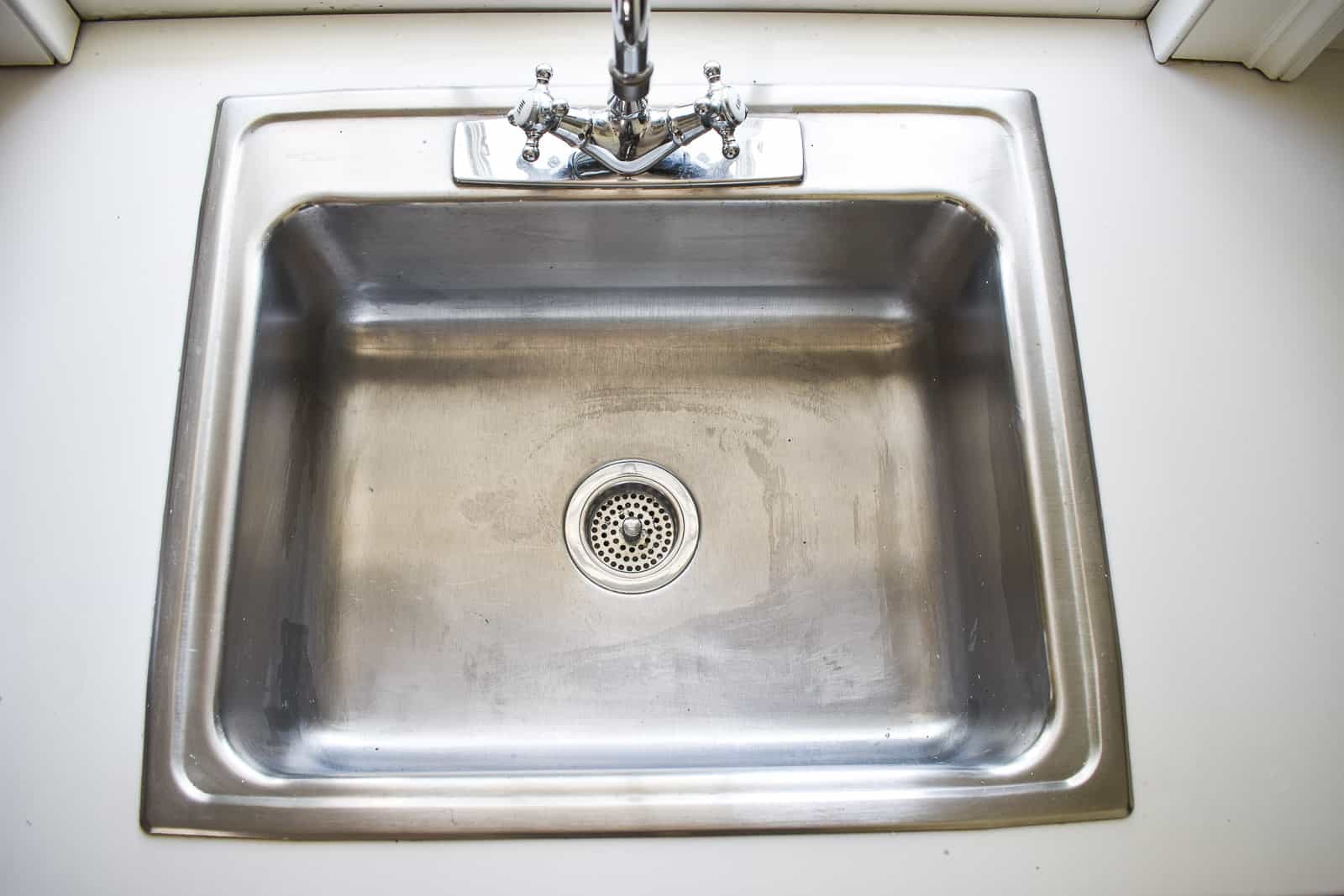
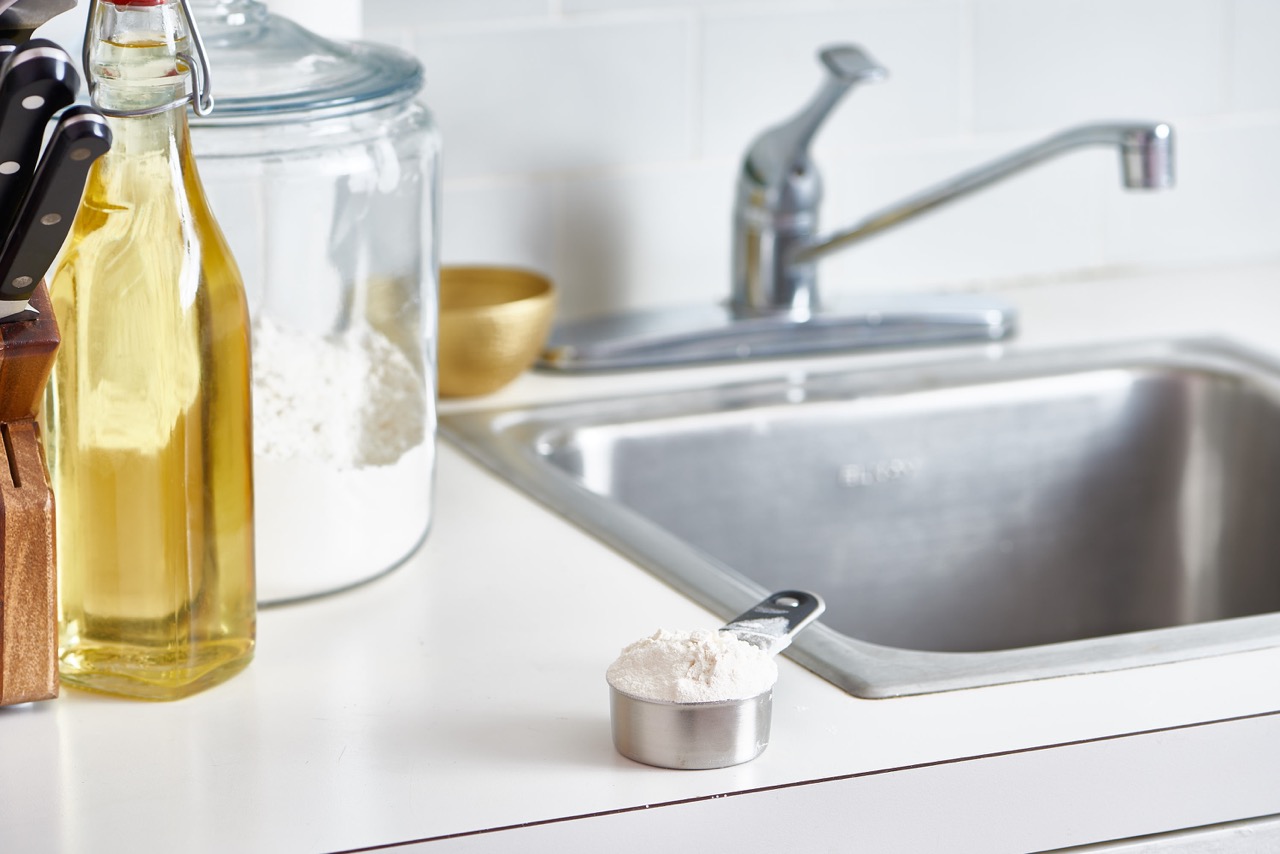

0 thoughts on “How To Clean Stainless Steel Flatware”